The Importance of Good Fantasy Art
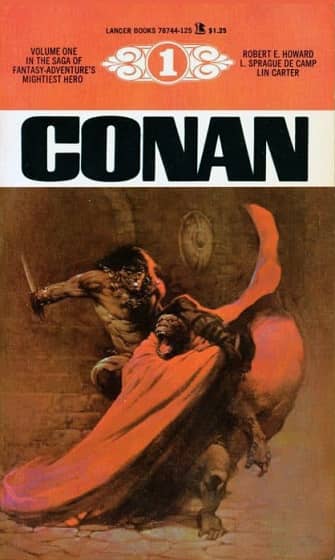 |
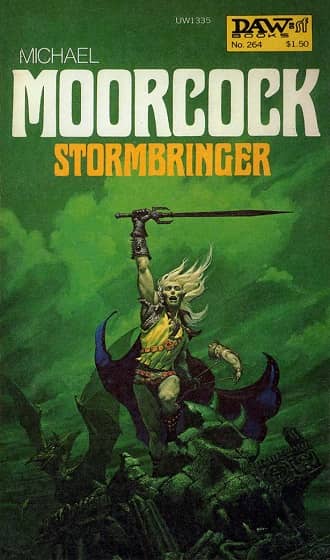 |
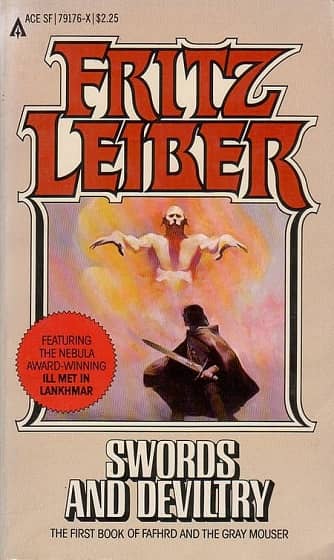 |
Art by Frank Frazetta, Michael Whelan, and Jeffrey Catherine Jones
An adventure tale isn’t good just because it features a bare-chested hero and a sword, and neither is a painting. Stories and art are successful because they are created by talented people who have devoted long hours (usually 10,000 or more) to educate themselves about their field and develop the proper skills and style to express that talent. And the presentation of that talent is absolutely vital to the success of the fantasy genre — creatively, culturally, and commercially.
In Flame and Crimson: A History of Sword and Sorcery, Brian Murphy discusses the root causes of the sword and sorcery revival of the 1960s:
…published in paperback with arresting covers by the most talented artist ever to work in the subgenre, the convergence of authorial and visual artistry, marketing, and business acumen led to the re-emergence and conscious reawakening of sword-and-sorcery in the subgenre’s “silver age,” or renaissance.
No doubt all those elements were important, but I can guarantee you that those books never would have sold in those numbers without that great cover art by Frank Frazetta.
[Click the images for bigger versions.]
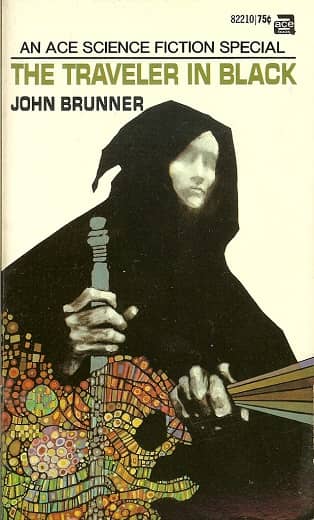 |
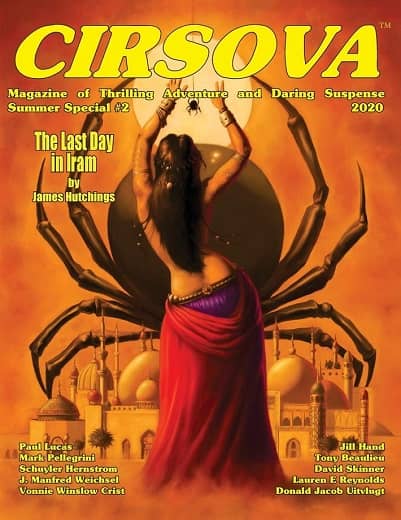 |
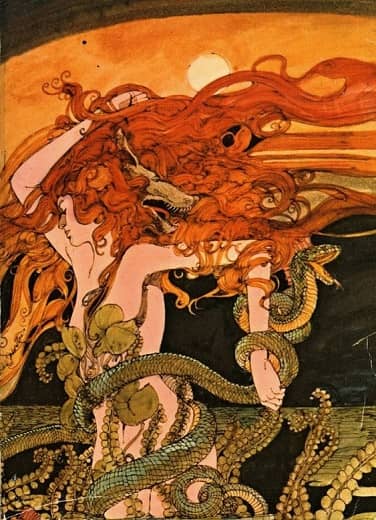 |
Leo and Diane Dillon, Robert Zoltan, David Johnston
The covers in the 1970s by Jeffrey Catherine Jones for Fritz Leiber’s Fafhrd and the Gray Mouser series and by Michael Whelan for Michael Moorcock’s Elric brought similar success for those authors, and the genre of heroic fantasy and sword and sorcery.
I remember very well how VITAL those Lancer covers (and also the ERB covers Frazetta and Krenkel did for the Ace paperbacks) were for getting those books sold in the millions. A great cover is a must. — Author Adrian Cole
Attributing even greater importance to the cover art, Brian Murphy writes further about the phenomenally successful millions-selling Conan Lancer series:
Arguments continue to sway back and forth over whether the author or the visual artist — Howard or Frazetta — deserves the most credit for the series’ success…
And just as high quality can create great success, low quality can cause devastating failure. Again in Flame and Crimson, Brian Murphy discusses how the Howard pastiche writers that produced poor Conan imitations were one of the causes of the loss of respect toward, and the industry collapse of, the sword and sorcery genre.
The quality of the book cover art and the inside art and writing should all be of a high level. And ideally, the cover should match in style and atmosphere the contents of the book. We’ve all bought books with a great covers, and been disappointed with the writing inside. But I have never willingly bought a book with a bad cover.
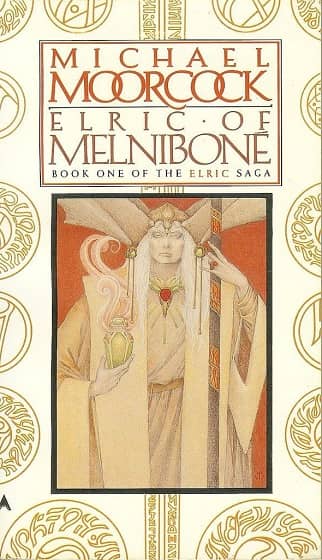 |
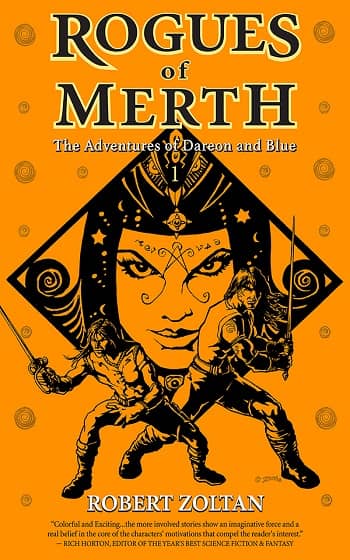 |
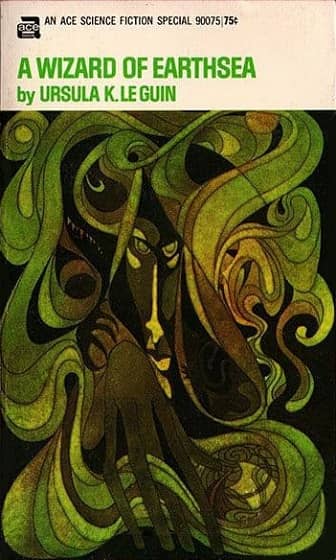 |
Robert Gould, Robert Zoltan, Leo and Diane Dillon
I think I am no different than other readers in that approach. This means that the most important initial element in a book’s success is an eye-catching cover. Without a good cover, most readers won’t even notice a book. When I see poor quality art on a cover, I assume the writing inside will match, and when I see a great cover, I expect the writing on the inside will match that too.
I must admit that I am seeing poor quality covers and interior art for new fantasy adventure books and magazines produced by established companies. This not only hurts the authors who contributed, and the sales of the book, it also impacts the genre of fantasy adventure literature as a whole. Whether this is a consequence of cynicism (believing die hard fantasy fans will buy the book as long as the cover features a guy with a sword and a monster, no matter how poorly rendered), nepotism (hiring a relative or close friend despite their lack of qualifications), laziness about finding proper talent, a lack of understanding of art, or lack of budget, there is no valid excuse for it.
Cynicism and nepotism are certainly not valid excuses (though this will sometimes happen in a money-based culture).
Lack of understanding of art is exactly why companies hire Art Directors. They are supposed to know. That’s their job. If you can’t afford to hire an Art Director, then find an illustration agent and ask for recommendations, or simply ask the advice of several friends who know something about art and whose taste you trust. It is unlikely that six people will all praise an art submission if it’s subpar, and you’re seeking honest opinions.
If budget is a problem, crowd sourcing can help you raise funds. If the artist spent 10,000 hours to hone their talent, surely you can afford a few hours to run a fundraising campaign for book art (and other expenses) on Kickstarter or Indiegogo. And if you really have a tight budget, many talented artists who love the genre are often willing to reduce their prices to a very reasonable level to win that first assignment, and even offer monthly payment plans.
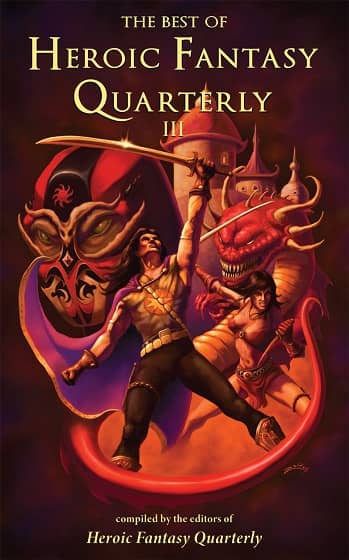 |
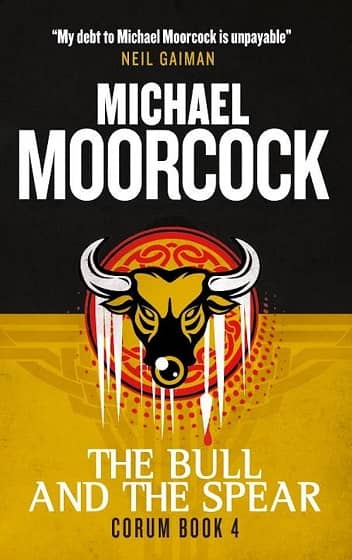 |
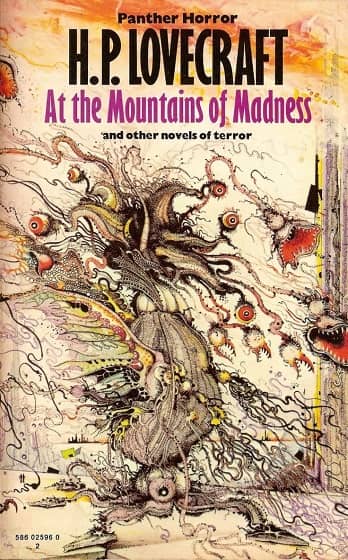 |
Robert Zoltan, unknown, Ian Miller
And an editor can often license a piece of existing art for less than it costs to commission a new piece by the artist. Adrian Simmons did this for The Best of Heroic Fantasy Quarterly, Volume 1, and then worked hard to raise enough money to commission original covers for Volumes 2 and 3. Heroic Fantasy Quarterly and Cirsova Magazine are two examples of publications with very limited budgets that have great respect for the genre and the artists — and are doing their best to find talented artists and raise the money to pay them a respectable fee. There are larger companies who can afford to pay more and don’t, or who aren’t seeking out the best talent. And this certainly shows in some of the shoddy artwork on their products.
Almost as disturbing, I have seen poor quality fantasy art publicly praised on social media. Sometimes this is simply fans who can’t tell the difference between good and bad art, though when it really comes down to it, I think that most people can (if you can’t, take an art history course, study books on the great masters, visit museums). Maybe it is being done by friends of the artist. But I also think it is sometimes people who are trying to be supportive and encouraging to the artist or publisher.
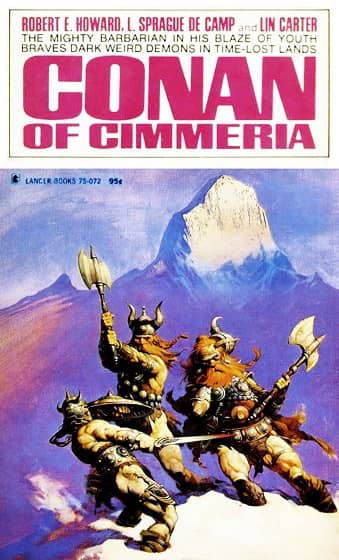 |
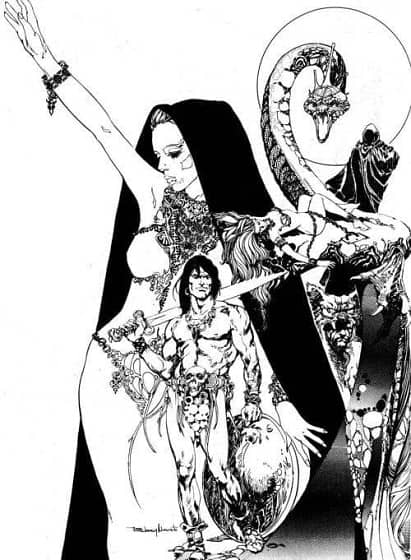 |
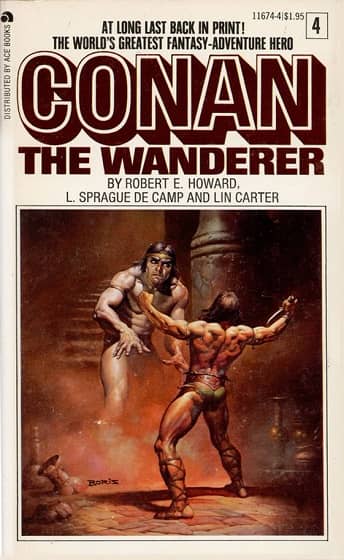 |
Frank Frazetta, Esteban Maroto, and Boris Vallejo
However, this actually hurts the genre, the book, the publisher, the readers, and even the artist, especially if the artist is not getting necessary and realistic feedback. As a well-known author told me recently, “We do need to nurture new talent, but it’s not good to give artists (or writers) unfair or overt praise. That’s what mums and dads are for!!” That’s also what teachers are for when an artist is first starting out — though they often will be far more critical than congratulatory, in order to push the artist to reach their greatest potential.
If you see poor art, privately contact the publisher and give them your opinion. You will be helping them. Note that I’m not talking about trashing the art publicly — however bad art might be, I never publicly deride a specific piece on social media. The artist is most likely doing their best. It is the editor, art director, or publisher that has not done their job properly.
So why is bad art being commissioned and used? For whatever reason, it is, and it is hurting sales, hurting the authors whose work is sold with a poor cover, hurting good artists who are being passed over, hurting the fans, and hurting the reputation of fantasy literature and art.
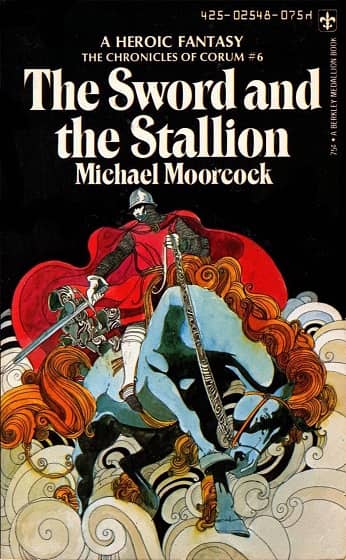 |
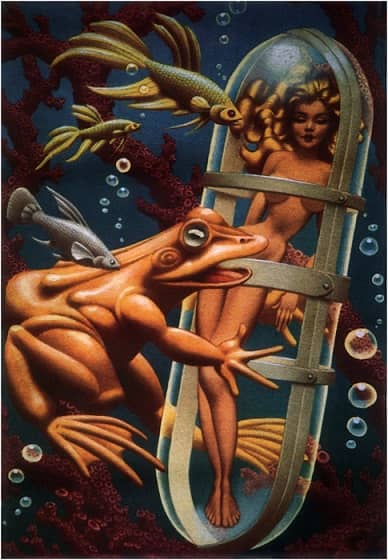 |
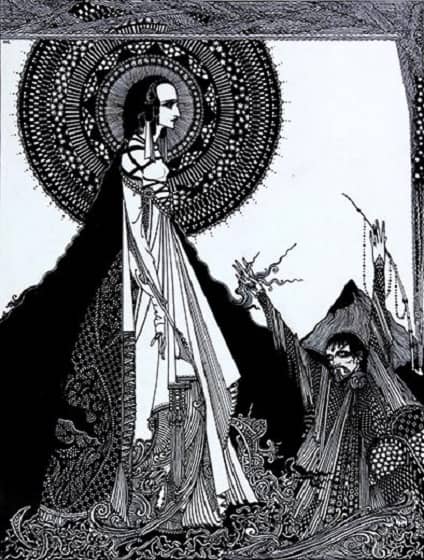 |
David McCall Johnston, Hannes Bok, Henry Patrick Clarke
I am speaking out here because I have great respect and love for the fantasy genre, and for great art. I believe that fantasy is an important form that goes back to ancient times and can not only entertain but also, like mythology, communicate deep fundamental beauties and truths about life, the human condition, and the mystery of reality itself. But if these truths are not presented by those who have the proper respect and have done the essential work to hone their knowledge, wisdom, and talent (as shamans did in the past — mythologist Joseph Campbell considered artists the modern shamans of our culture), those beauties and truths will not be communicated with any power, and at worst, become only distracting unpleasant noise that contributes nothing but trash to a culture already drowning in it.
If you truly love the fantasy genre, I hope you will raise your voice with me. Not to blame anyone, but to demand only the highest quality from this vital art and literature that is often (sometimes justifiably, for the reasons discussed) maligned by the literary community. But people like Pulitzer Prize winning author Michael Chabon — himself a big fan of fantasy literature, such as the works of Fritz Leiber and Jack Vance — know that good writing is good writing, period. And the same goes for good art.
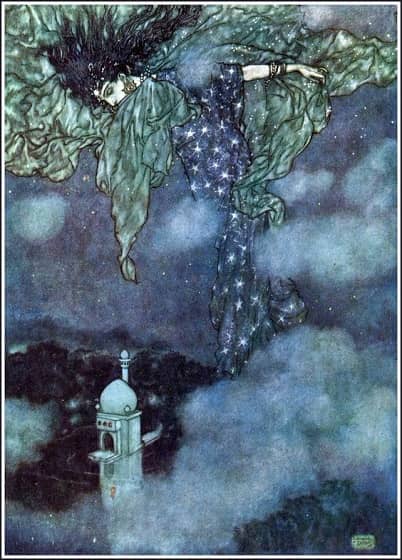 |
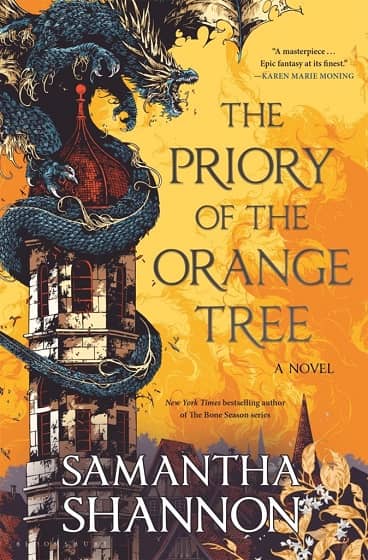 |
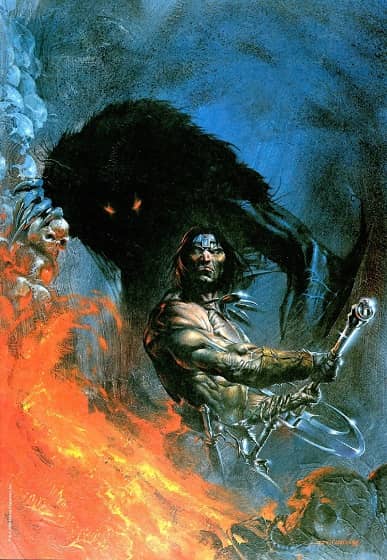 |
Edmund Dulac, Ivan Belikov and David Mann, Gabriele Dell’Otto
I have talked to several writers and artists who feel the same about this issue, but are hesitant to speak out because they are afraid it could damage their careers if they voice objections to poor decisions. But at some point, we must have integrity and courage that goes beyond merely commercial concerns. I believe if we are honest and dedicated and speak our minds, we will find that there are many who feel the same as we do, and that itself will strengthen the community, or perhaps even birth a new renaissance in the fantasy field.
For how is a renaissance created if not by the incredible integrity and uncompromising talent of the very best united in a field of endeavor?
Fantasy can do better than poor or even mediocre writing and art. It deserves better. The talent and dedication exists. Once the creative work is done, it’s up to the publishers and editors to make the right choices.
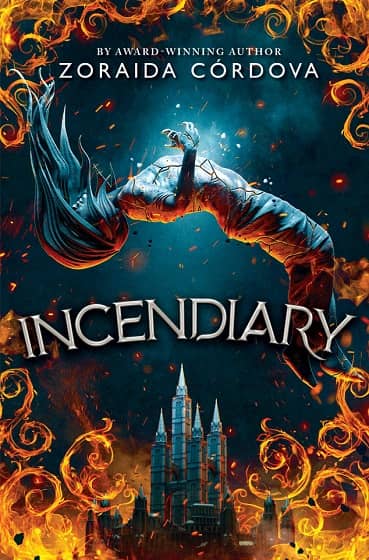 |
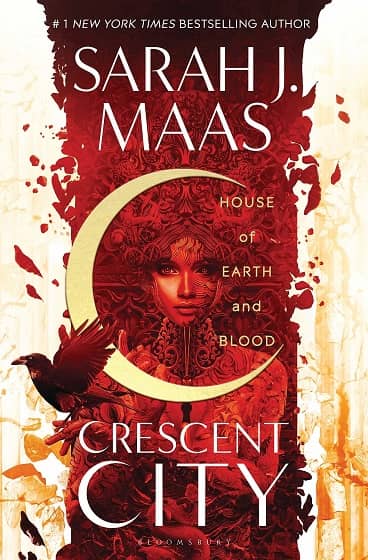 |
Billelis, Carlos Quevedo
And it’s up to the writers and artists and fans to speak out in a thoughtful respectful manner, and not settle for less than the best. I for one will settle for nothing less from myself and my associates, even if only out of respect for the great people who came before us and poured their hearts and souls and blood and sweat and tears and very lives into their art. We all know their names. The names of the others are forgotten.
Robert Zoltan holds a Bachelor of Fine Arts degree in Illustration, and has worked thirty years as a professional illustrator for clients such as Simon & Schuster and Disney. You can see his work at www.artstation.com/zoltanillustration. His stories and art have appeared in Heroic Fantasy Quarterly and Cirsova Magazine. He is the author of the Rogues of Merth and Incomparable Quill series and was a Semi-Finalist in the Writers of the Future Award Competition. As an award-winning songwriter, composer, and music producer, his music has been placed sixty-two times in ten years on major television shows and movie trailers. He is the owner of Dream Tower Media and host of its podcast, Literary Wonder & Adventure Show.
In June, Literary Wonder & Adventure Show will feature a conversation with Brian Murphy, author of Flame and Crimson: A History of Sword and Sorcery, as mentioned above (available here).
I hear you, but I don’t think it was just the quality of the artwork which made the Frazetta covers so definitive – it was how they perfectly encapsulated the pulp sensibility of the original stories.
By extension really great artwork is pointless if it doesn’t give the reader a clear idea of the type of book he or she is buying.
Yes, Aonghus, I stated that in the article:
“And ideally, the cover should match in style and atmosphere the contents of the book.”
That HFQ #3 artwork? That’s the business!
Like you said, Heroic Fantasy Quarterly has been putting artwork into our best-of anthologies and our stories/poems online for years now. It isn’t the easiest thing in the world to organize but it isn’t the hardest thing either.
I’ve been really lucky that all the artists that we’ve found (or have found us) are very talented and managed to get us great artwork (artwork that we can afford).
Agree with most of this except that I’ve come to expect that some great writers get terrible covers. Actually, don’t all speculative fiction readers expect this by now and have many great books with bad covers in their collection?
Baen has a reputation for bad covers (aside from several artists like Bob Eggleton) but has many great authors.
Wildside press have been known to give bad covers to great authors and I tend to prefer when they use more basic designs.
Blackcoat Press have a very erratic quality of cover art for the books I seek out.
Many of these are horror but I’m sure you’ll dig some of them. Not only do I think these are good but I think a few of them can stand up with Gustave Dore, Arthur Rackhham, Dulac, Frazetta, Alan Lee etc…
Santiago Caruso is stunning. I wonder why fantasy editors never use him. The overall design could be better but the actual painting is one of my favorites of recent years.
http://www.isfdb.org/wiki/images/d/db/THSFBLDLBN2015.jpg
Denis Forkas Kostromitin is better known for album covers for metal bands (Behemoth in particular) but he’s done some great small press book art.
http://www.isfdb.org/cgi-bin/pl.cgi?614771
A great recent cover by Ayami Kojima.

John Coulthart
http://www.isfdb.org/wiki/images/c/c4/NDRTHPNDLB2017.jpg
Sam Weber
http://www.isfdb.org/wiki/images/6/6f/DNMWSDGMHP2015.jpg
Marcela Bolivar
http://i0.wp.com/www.apex-magazine.com/wp-content/uploads/2016/08/cover.jpg
Peter Mohrbacher
http://ecx.images-amazon.com/images/I/51cB3wM10eL.jpg
It may not be a coincedence that the best covers come from expensive small presses. Especially Mount Abraxas, which is out of most people’s range.
http://tartaruspress.com/index.html
http://www.egaeuspress.com/
https://www.ziesings.com/advSearchResults.php?action=search&cat_conj=or&keywordsField=mount+abraxas&orderBy=relevance&recordsLength=25&p=1
Also: more fantasy editors should take note of comic artist Jeremy A Bastian. He did a bit of art for a Barsoom book edited by John Joseph Adams.
https://jeremybastian.bigcartel.com/
Yoann Lossel seems to get a lot of work in france and Alan Lee introduced his recent book.
https://yoannlossel.blogspot.com/
Robert Adam Gilmour, thanks so much for taking part in this important discussion and for taking the time and doing the work to share all of these links. Some of the art is quite wonderful and I will be reaching out to some of these artists, hopefully to have one on Literary Wonder & Adventure Show to discuss fantasy art. At first glance, I am very struck with the beauty of Yoann Lossel’s art.
Of course, no discussion of artwork can be complete without a mention that it can all be very subjective– one likes what one likes.
Fore example, I’m not super-fond of the David Johnston art, or the Dianne Dillon (Wizard of EArthsea) art.
Then there is artwork that has to grow on you– the Ian Miller (Mountains of Madness) art, I didn’t like it much at first, but over time I’ve come to really like it. It is alien, and weird, and kinda weedy–which fits the Elder Things pretty well.
Adrian Simmons, there is a subjective factor in deciding what is and is not good art (there is a subjective factor with everything when it comes to human beings), but usually that lies more in the realm of personal likes and dislikes. There are ways to judge the competence and quality of art, and though there is still room for opinion in that to a certain extent, it is not a matter of opinion when it comes to how many hours an artist has studied and practiced (I mentioned 10,000 hours, which is a general number that has been calculated for how long it takes most people to master something). The more one is educated about and exposed to great art, the more one understands what it is.
And one can dislike something and yet still acknowledge its quality and talent. To dislike Leo and Diane Dillon’s work is a subjective matter. To say that they were not good artists would be wrong in the view of anyone that really knows anything about art. I have never liked the singer Bjork, and her voice and songs mostly just annoy me. And yet, I believe she is an extremely talented artist. People will always have an opinion. But if it was just a matter of opinion, the world would never agree to putting many of the great paintings and sculptures in museums. Great art is great for definable, observable reasons, even if there is some subjectivity in details. No sensible person is going to tell me Michelangelo was not a great artist even if they dislike his work (I’ve never cared for the Sistine Chapel despite its genius and accomplishment, but love his sculptures and most other paintings).
When it comes to simple competence, a level of basic mastery, it is even easier to objectively decide when someone has or has not reached that. What I am decrying mostly in this article is art that is not actually competent enough or at a high enough level of basic mastery to represent or embellish literature that aspires to be high in quality.
I agree– Leo and Diane Dillon are not bad artists, but they just didn’t do it for me.
Bjork is much like the Ian Miller piece- she has to grow on you. And in the 90s my Bjork exposure was both high and out of my control. A taste was acquired.
[…] The Importance of Good Fantasy Art […]